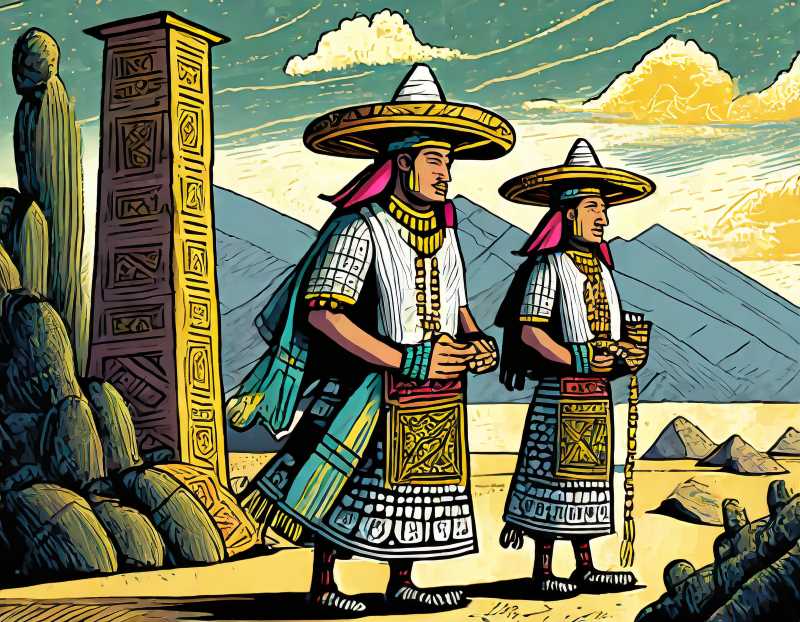Decoding Aztec Society's Social Classes
Unraveling Aztec society's complexity: Macehualtin, vital laborers; Pipiltin, noble rulers; Pochtecas, unexpected bourgeoisie. Threads of toil, privilege, and alliances wove the vibrant tapestry of their civilization.

In the bustling world of the Aztec civilization, where feather art met agriculture and politics mingled with pottery, the social fabric was woven with intricate threads. Journey with us through the last century before the Spanish conquest, as we unveil the peculiar dynamics of Aztec society. Where macehualtin toiled the fields, pipiltin held the reins of power, and pochtecas emerged as the unexpected stars of the economic stage.
Picture this: vast communal lands stretching as far as the eye can see, tended to by the macehualtin, the “people of the town.” These folks of Aztec society were the heartbeat of agriculture and craftsmanship. Working communal lands and occasionally those owned by the nobles, the macehualtin supplied the lifeblood—agricultural products—to sustain the entire population. But, alas, they did not own the land individually. Instead, their loyalty lay with their calpullis, the tight-knit communities that defined their social identity.




